Charger LiitoKala Engineer Lii-260
Due to a accident I had to get another copy of the charger during the review.
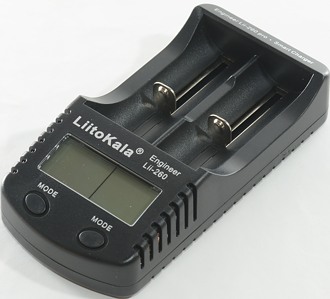
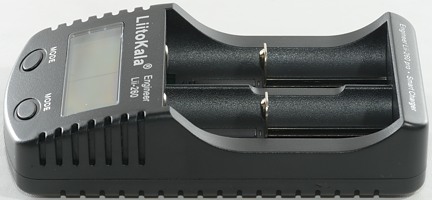
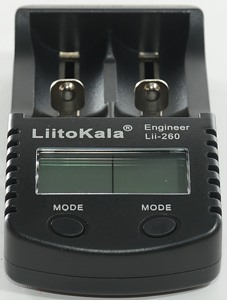
Somebody pointed me to this charger on Aliexpress, it looked interesting and I ordered one.
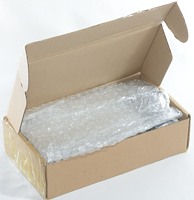
It arrived in a nondescript cardboard box.
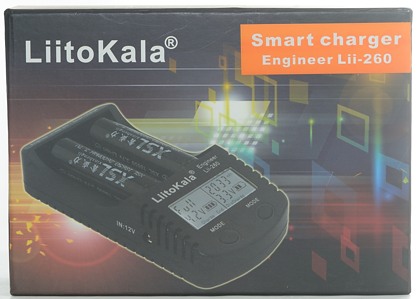
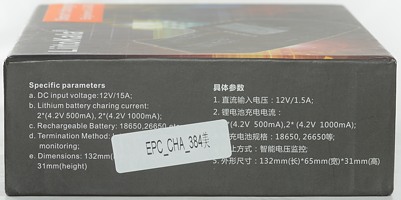
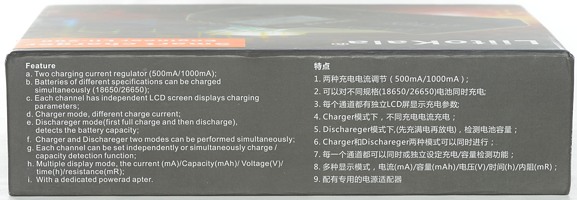
Or in a retail box.

The box (Either one) contained the charger, power adapter, car power adapter and a manual in Chinese (I supposed) and English (more or less).
The supplied power adapter is a universal voltage (100-240VAC 50/60Hz) with 12V 1.5A output (In the retail box the power adapter has US plug).
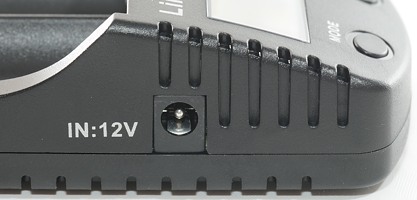
The charger has a DC power input, for the mains adapter and the car adapter.

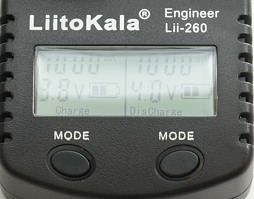
The display has two sections one for each battery. The two buttons is also one for each batteries.
Each time a battery is put into the charger it will measure the internal resistance of the battery. Then start flashing with 500.
A short press on the corresponding button will change between 500/1000mA charge current, a long press will select discharge. The charge current for the final charge must still be selected. I.e. the charger can charge with 500 or 1000mA, but only discharge with 500mA.
When the button is not pressed for some seconds, that slot will start working.
During charge it is possible to toggle the display between mA, mAh, h (Charge time in minutes), mR (Internal resistance) with the button, voltage is always shown.
The display has background light, but it turns off rather fast.
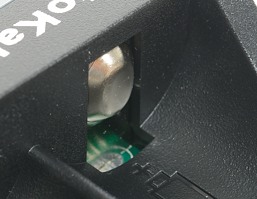
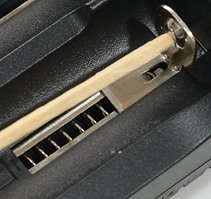
The slots uses the classical slider construction and it works fine.
The slots can work from 29 mm to 68mm. This means that not all protected 18650 batteries will fit in the slots.



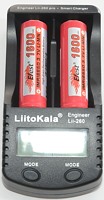
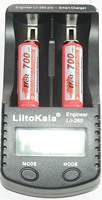
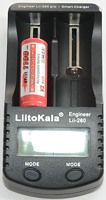
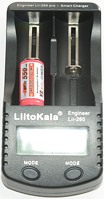
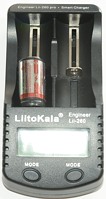
The charger can handle 68 mm long batteries including flat top cells.
Measurements
- When not connected to power it will discharges with up to 0.5mA.
- When power is connected with a full battery, the charger will charge with 0.15mA
- When reporting battery full it will not restart charging, if the voltage drops.
- Animation on display changes direction depending on charge/discharge function.
- It will restart charging on reinsertion of the battery or power cycling.
- The charger will detect a battery at 2 volt and start charging with full current.
- Voltmeter will not update when display shows full or null.
- Voltmeter can show from below 1 volt to 4.3 volt, the reading is within 0.1 volt.
Charge
%20%231.png)
This is a good CC/CV charge curve, but the termination current is on the high side.
The display says the charger used 5:53 and charged 2870mAh into the cell.
%20%231.png)
The display says 6:22 and 3117mAh.
%20%231.png)
The display says 3:23 and 2958mAh.
%20%232.png)
The display says 3:27 and 2983mAh.
%20%231.png)
With a 14500 cell the termination current means that the cell is a bit below full charge.
%20%231.png)
%20%231.png)
The charger can handle my old 16340 cell.
.png)
There is no problem charging two batteries.
.png)
This is also possible with an external 12 volt supply.
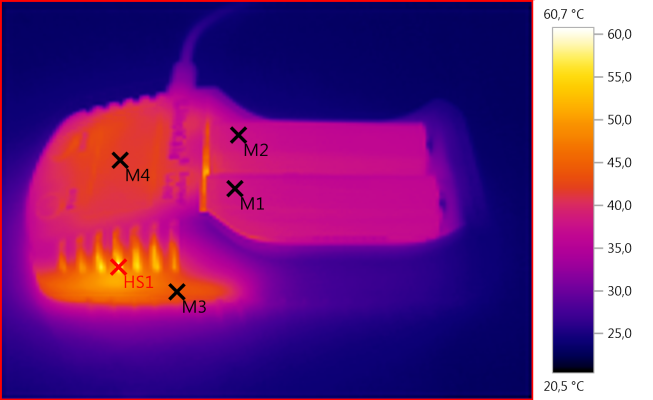
M1: 38,1°C, M2: 37,8°C, M3: 44,2°C, M4: 41,6°C, HS1: 60,7°C
All the heat generating electronic is below the display (It is a good idea to keep it away from the batteries).
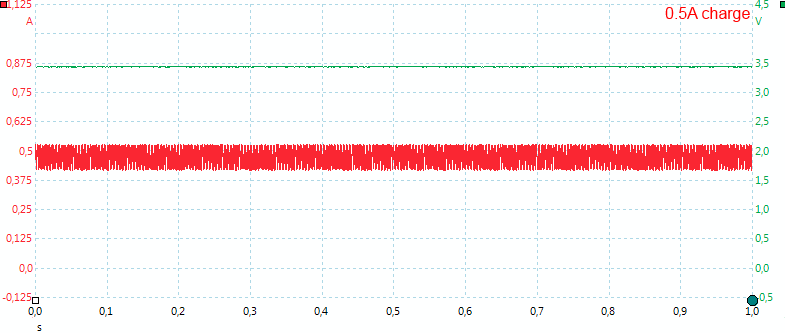
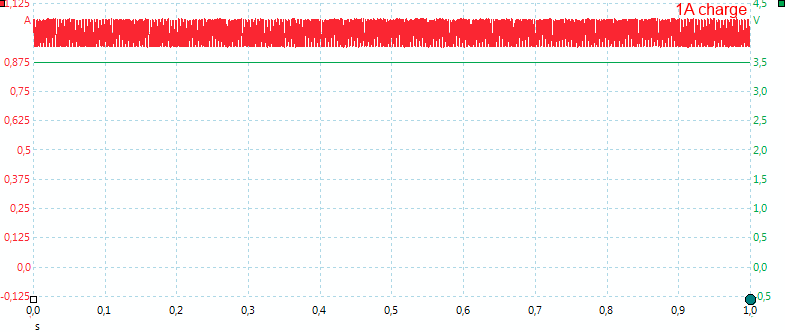
This charger uses a constant charge current.
Discharge & charge
A long press on the button when charge current is flashing will select discharge.
%20%231.png)
The charger discharges to about 2.8 volt. The discharge function includes a charge after the discharge.
%20%232.png)
.png)
When discharging two batteries it does generate some heat.
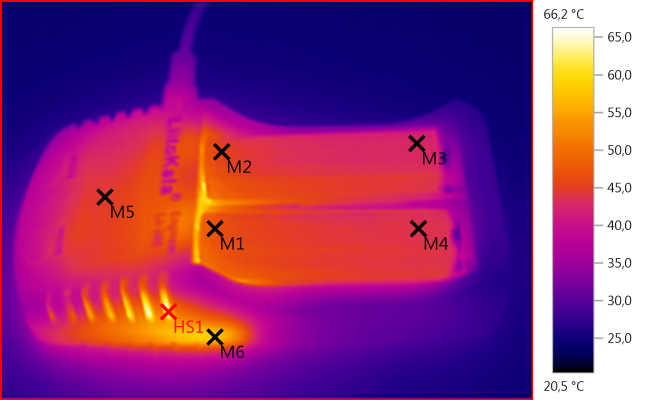
M1: 47,1°C, M2: 45,4°C, M3: 42,6°C, M4: 43,8°C, M5: 44,7°C, M6: 58,0°C, HS1: 66,2°C
Especially the top of the batteries get warm, because the charger dissipates all the heat close to that.
I would have preferred if the discharge resistors had been placed farther away from the batteries i.e. just below the buttons.
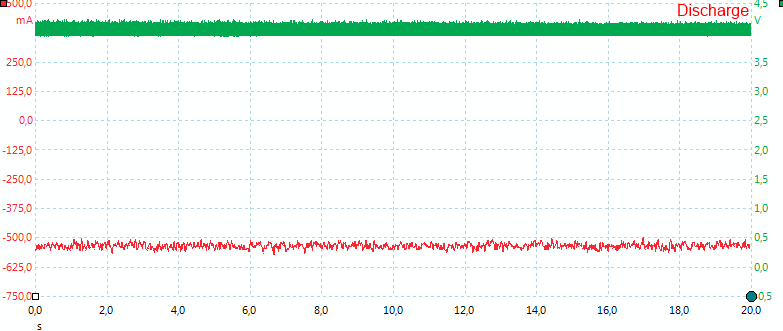
Discharge is also done with constant current.
Internal resistance
The charger measures the internal resistance of the battery each time a new battery is put into the charger.
All tests are done with the same battery.
First test with battery only:
Channel #1: 65, 65, 63, 63, 65
Channel #2: 62, 63, 60, 64, 63
The variation is surprising small.
Test with a resistance box, I do not remove the battery during this test, i.e. the contact resistance is fairly constant.
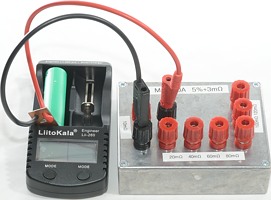

Channel #1:
Resistance box shorted: 70, 71, 70, 70, 70
With 20mOhm extra: 79, 80, 80 81, 80
With 100mOhm extra: 119, 118, 118, 118, 117
Channel #2:
Resistance box shorted: 71, 71, 73, 73, 73
With 20mOhm extra: 80, 82, 81, 82, 82
With 100mOhm extra: 123, 124, 121, 124, 121
The results are very consistent (Variations is probably due to variations on contact resistance), but does not really match any ohm values.
It can be used to evaluate how worn the batteries are, but calling it ohm is not really correct (To be fair, the display does not say ohm, but mR).

To measure resistance the charger uses a 0.5A pulse.
Testing the EU mains transformer with 2500 volt and 5000 volt between mains and low volt side, did not show any safety problems, but the US trafo failed the 5000 volt test (This is not a problem in the US).
Conclusion
The charger works like somebody has tried designing the simplest charger to maintain LiIon batteries. I.e. provide exactly what is needed with a simple user interface and nothing more.
I believe the charger succeeds as a basic analyzing charger, I also like it uses constant current charge and discharge.
The wrong ohm values is not really a big issue, the trick is to find out at what value the batteries does not really work in a specific light or other equipment. It can also be used to sort batteries into good (Lowest mR value), average, old (Highest mR value).
For people that want a way to check their batteries, without lot of buttons and modes, this is a good charger, it is also a good charger just for charging and with two currents it covers many battery sizes.
But it has one caveat, the limit on battery length!
Notes
Here is an explanation on how I did the above charge curves: How do I test a charger





















%20%231.png)
%20%231.png)
%20%231.png)
%20%232.png)
%20%231.png)
%20%231.png)
%20%231.png)
.png)
.png)



%20%231.png)
%20%232.png)
.png)




